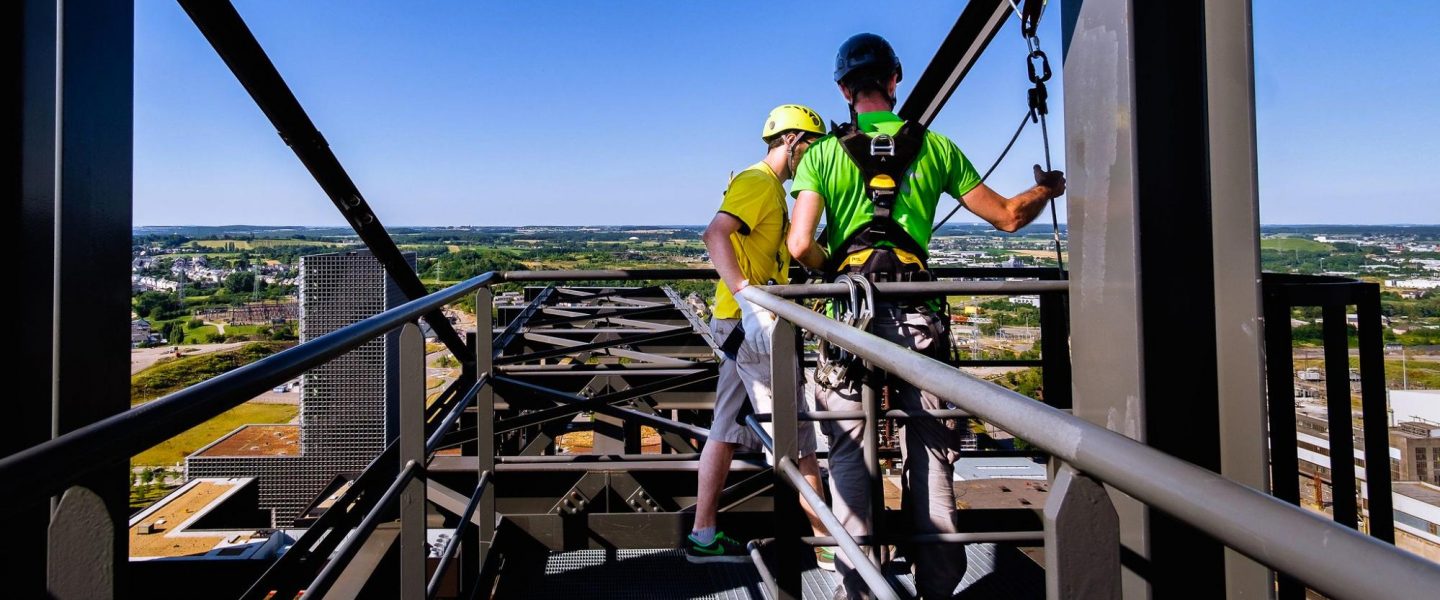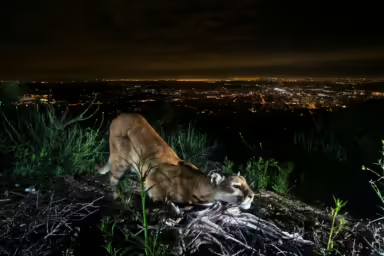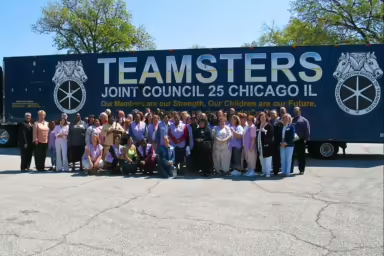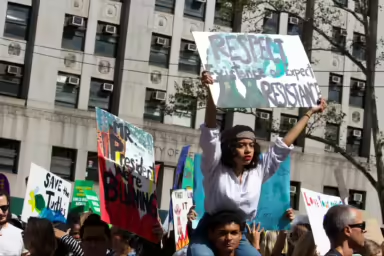PICKS are stories from many sources, selected by our editors or recommended by our readers because they are important, surprising, troubling, enlightening, inspiring, or amusing. They appear on our site and in our daily newsletter. Please send suggested articles, videos, podcasts, etc. to picks@whowhatwhy.org.
Industry Tests New Technologies in Race to Produce Green Steel (Maria)
The author writes, “An essential input for engineering and construction, steel is one of the most popular industrial materials in the world, with more than 2 billion tons produced annually. This abundance, however, comes at a steep price for the environment. … The United Nations says significantly cutting industrial carbon emissions is essential to keeping global warming under the 1.5° Celsius mark set under the 2015 Paris climate agreement. To do so, emissions from steel and other heavy industries will have to fall by 93% by 2050, according to estimates by the International Energy Agency. Facing escalating pressure … to reduce emissions, a number of steelmakers — including both major producers and startups — are experimenting with low-carbon technologies.”
Without Roe Protections, Rights Are at Stake Even in Abortion-Friendly States (Reader Steve)
From The Boston Globe: “If the Supreme Court ends up weakening or outright overturning Roe v. Wade, the decision could result in a patchwork of laws across the country and trigger legal challenges between states that ban abortion and those that allow them, according to legal analysts who have followed the polarizing debate. The resulting political divide between states and conflicting laws, analysts said, could create an uncertain legal landscape for those looking to cross state lines for abortion services, as well as those who help them — perhaps even the Uber driver who takes a woman to a clinic or the philanthropist who donates to a fund that helps patients afford the travel and expense, analysts warn.”
Russian Journalist’s Nobel Peace Prize Fetches Record $103.5 Million at Auction to Aid Ukraine Children (Mili)
The author writes, “Dmitry Muratov, the co-winner of the 2021 Nobel Peace Prize and the editor of one of Russia’s last major independent newspapers, auctioned off his Nobel medal for a record $103.5 million to aid children displaced by the war in Ukraine. All proceeds from the auction, which coincided with the World Refugee Day on Monday, will benefit UNICEF’s humanitarian response for Ukraine’s displaced children, Heritage Auctions, which conducted the sale in New York, said in a statement.”
CSSC Jiangnan Launches China’s First Catapult-Equipped Carrier (Sean)
From The Maritime Executive: “In an elaborate ceremony full of pomp and ceremony, CSSC floated out China’s first fully domestically designed aircraft carrier, the Fujian. Military experts are pointing out that it is a major achievement as it will be the first carrier able to rival the United States supercarriers and a key part of China’s global ambitions. Many of the details of the Fujian are closely guarded secrets, but Chinese media today referred to the vessel as being 80,000 tons displacement. U.S. Defense Department officials reported to the U.S. Congress that they believed the vessel could be larger approaching 100,000 tons. Its length is estimated at 984 feet.”
All the Newsroom’s Men: How One-Third of “The Watergate Three” Got Written Out of Journalism History (Howard)
From Nieman Lab: “Some reporters can build a career around their own personal brands. But doing great work requires an infrastructure, including a lot of talented people who don’t get bylines. Barry Sussman — the Watergate journalist named neither ‘Woodward’ nor ‘Bernstein’ — was one.”
The Rise and Fall of America’s Environmentalist Underground (Laura)
The author writes, “After decades in which America’s environmental movement confined its activities largely to rallies, marches, and other lawful forms of protest, frustrated activists have begun taking a more confrontational approach. Younger groups like the Sunrise Movement and Extinction Rebellion have blockaded roads and occupied the offices of lawmakers. During the Standing Rock protests of 2016, thousands of demonstrators sought to physically impede construction of the Dakota Access Pipeline. … Recently, some climate activists have begun to openly contemplate the possibility — in their eyes, the necessity — of directly sabotaging the infrastructure of the carbon economy.”
The Revival of a Forgotten American Fruit (Dana)
The author writes, “Across large swaths of North America, an ancient fruit is growing wild but largely forgotten. However, a community of foodies, farmers and scientists is eagerly trying to change that. ‘Where, oh where, is pretty little Suzie? Where, oh where, is pretty little Suzie? Where, oh where, is pretty little Suzie?’ asks the traditional folk song. ‘Way down yonder in the pawpaw patch.’ Suzie knows more about pawpaws than most, it seems. North America’s largest native edible tree fruit grows wild in 26 US states, including Texas, Ohio, West Virginia, New York, and Michigan and all the way up to Ontario, Canada. Yet most people have never heard of it.”



